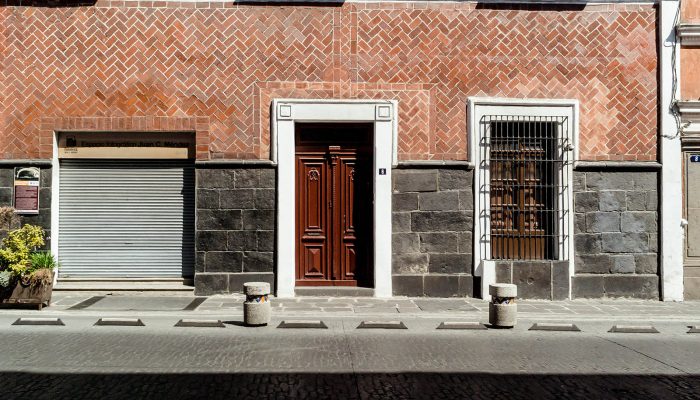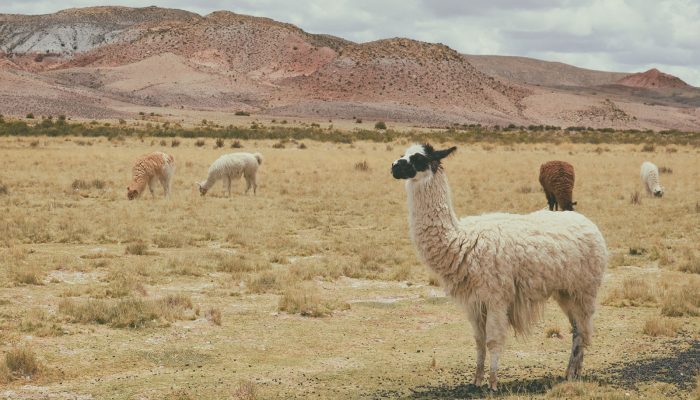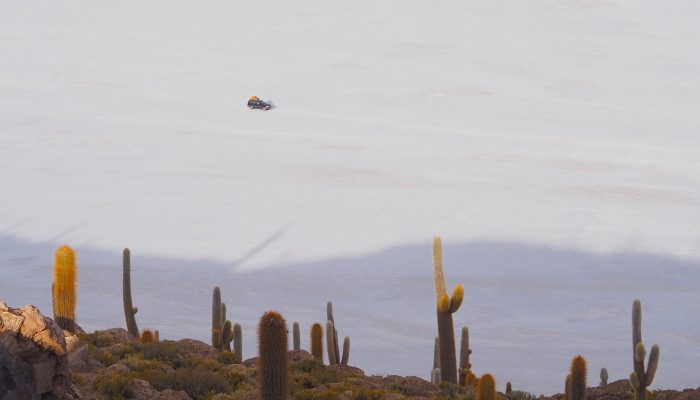Bolivian culture - Festivities, customs and ceremonies
Festivals and folk beliefs are numerous and varied. They often mix Catholic fervor and Inca mythology.
New Year
The color of the underwear worn January 1 has a strong symbolic value: red bring love, yellow favor of cash flow while pink would be a sign of good health.
As in Spain, the custom is to eat 12 grapes at the 12 strokes of midnight making vows. Bolivians also count false bill hoping to get rich during the coming year.
Dia de los Reyes Magos (January 6)
It is the day of the Kings or Epiphany, a Christian holiday celebrating the manifestation of Christ to the Magi come to worship him. The largest demonstrations took place in Reyes, Sucre and Tarija.
Alasitas Day (begins January 24 for a period of 15 days)
Alasitas Festival is a big celebration every year in La Paz at the end of January to celebrate Ekeko, Aymara god of abundance. Alasitas means “buy me” in Aymara. During the festival, thousands of artisans gather and produce miniature objects. If you have one or more dreams, buy objects that symbolize them. Then do bless these objects by the Kallawaya, a kind of witch doctor. And then, wait … your dreams should be realized in the year!
Feast of the Virgin of Candelaria (2 February)
The Virgin of Candelaria and Copacabana makes only. There are several legends and all agree that there is a close link between the Virgin and a native named Francisco Tito Yupanqui. The latter would have dreamed that the Virgin asked him to sculpt her portrait. He would have immediately realized and brought to walk on the banks of the lake, over 650 km of Potosi. It was 2 February 1583. Little detail is important: this Virgin is black and his features are Indian, which explains its popularity.
Carnival (February)
Event brought by the Spanish, the natives have mixed a few traditions to give the current syncretism. These high color celebrations are held throughout the country, the week before Lent. The Oruro Carnival is the largest in the Americas, after Rio de Janeiro, Brazil. It is dedicated to the Virgen de Socavón and lasts a week. Caparoles dancers, Morenada, Diablada, Kullawada, Llamerada, Waka Waka, Sicuris Anta Wara and Tinku succeed throughout the party:
The Diablada: dance of devils and angels who compete in the midst of a whirlwind of music and color, in the most beautiful masks the country. These masks, true works of art, are decorated with symbolic animals like lizards, toads and snakes, which in pre-Hispanic times evoked fertility. The dance originated in the worship of the god Supay, possessor of all the mineral wealth which, by its actions, could enrich men or kill them.
- The Morenada : dance mixing African rhythms and no European dances that evoke the arrival of the mines of Potosi to the slaves and discusses the fate of these men subjected to forced labor in altitude. Dancers wearing a black mask adorned with long colored feathers dangle constantly reproduce their bodies and with their rattles the sound of chains of slaves, led by force to the mines.
- The Tinku : war dance associated with the ritual fight between representatives of the two communities, that of Laimes and that of Jucumanis in the Potosi region.
- The Caporales : dance evoking the difficult relations between supervisors and their African slaves.
- The Saya : dance coming from the Yungas (tropical region of central Bolivia and eastern Peru) coming from the african slaves taken to South America.
- Inca dance : represents the capture and killing by the conquistadors of the Inca ruler Atahuallpa.
Holy Week (March-April, various dates)
It lasts Palm Easter.
Pujllay (March)
The second Sunday in March, a large carnival is held in Tarabuco to celebrate the architects of the victory over the Spanish army in 1816. Dances, songs, ritual music and alcohol are scheduled.
Feast of the Cross or Fiesta de la Cruz (3 May)
It honors the Cross of Christ for Catholics or the Cross of the South to the Gentiles.
Tinku in Macha (May)
This festival is marked by confrontation with bare hands of hundreds of men in the streets of Potosi, to bloodshed that will feed the Pachamama.
Gran Poder (late May – early June)
It was originally a block party. To show off their wealth, traders marched through the streets. Today is always a colorful event which is accompanied by parades, candlelight processions and dances.
Machaq Mara or Willka Kuti (June 21)
This is the New Year Aymara, June 21, the day of the summer solstice. This is the most important celebration of the Andean world. At Tiwanaku, a large crowd gathers. When the sun appears on the horizon, men and women turn to the east, raise their arms to the sky and shout “Welcome our Father the Sun”. This act reflects the deep respect that unites the Andean man with his natural environment, especially in the sun, which is essential to life. Then come the accolades and wishes for the new year.
St John’s Eve or fiesta of San Juan (June 24)
It is celebrated throughout the country with bonfires, fireworks and traditional wood fires. The biggest celebrations take place around Santa Cruz. Walks on fire even organized in the village of Porongo.
Feast of Santo Patrono Moxos (July 22)
Extravagant costumes and libations mark the biggest party of the Blessed One.
Los Negritos Festival (late July)
There are nearly three centuries, African slaves were put to work in the silver mines of Potosi. Their descendants, Afro-Andean organize every year a big party, a few kilometers from Coroico in the Yungas of La Paz. This is an opportunity to see black women wearing the bowler hat of La Paz Cholas and hear the saya, one of the most beautiful music of Bolivia.
Feast of the Pachamama (1 August)
Throughout the year and in August in particular, the Indians of the Altiplano, mainly Quechua and Aymara, celebrate the Pachamama, the goddess of earth and fertility, through a ritual called Challa or Pago. People offer him coca leaves to call the force at work, alcohol and wine not to suffer from the cold beer to maintain the friendship, fruits for food, cigarettes, treats, false tickets … All these offerings are sometimes accompanied by prayers and always alcohols. Poured beer on the floor to share it with the Pachamama and drinking in turn famous beverage.
Carnival Universitario (early August)
Students march through the streets of La Paz to offer a show of dances and music.
Feast of the Virgin of Copacabana (August 5)
On 5 August 1925 the Black Madonna carved by Tito Yupanqui was inducted into “protective Queen of Bolivia.” Placed in the Basilica of Our Lady of Copacabana, this icon is one of the emblems of the religious mix between the Christian West and beliefs of the Andes. Every 5th of August, a big party is organized to celebrate it.
Independence Day (August 6)
It celebrates the victory of the army of the Liberator against the Spanish.
Feast of the Urkupiña (August 15 in Cochabamba)
Quillacollo (near Cochabamba) celebrates the Virgin of Urkupiña. According to legend, it would have appeared in the village and asked a very poor young shepherdess to carry stones to his house. On arrival, the stones turned into money. Since then, countless pilgrims come each year to extract themselves from the rocks sacred place and take away. They hope that the legend will be repeated …
Chutillos Day (24 August Potosi)
This festival is marked by a parade to the gorges that housed the cave of the devil. It is said that at the time of the founding of the city of Potosi, many natives were killed in these grooves, startled by terrible hurricanes. Responsible for these disasters was the devil who inhabited the area. To lift the curse, the Jesuits organized a procession with the statue of San Bartolomé. They settled near the supposed cave of the devil. This was manifested August 24: he went out of the cave, roaring and crashed against a rock. A large cross was then placed there and the devil no longer returned.
Feast of San Roque (usually the first Sunday in September)
One of the most important festivals celebrated in Tarija, the end of the plague of leprosy in the region.



